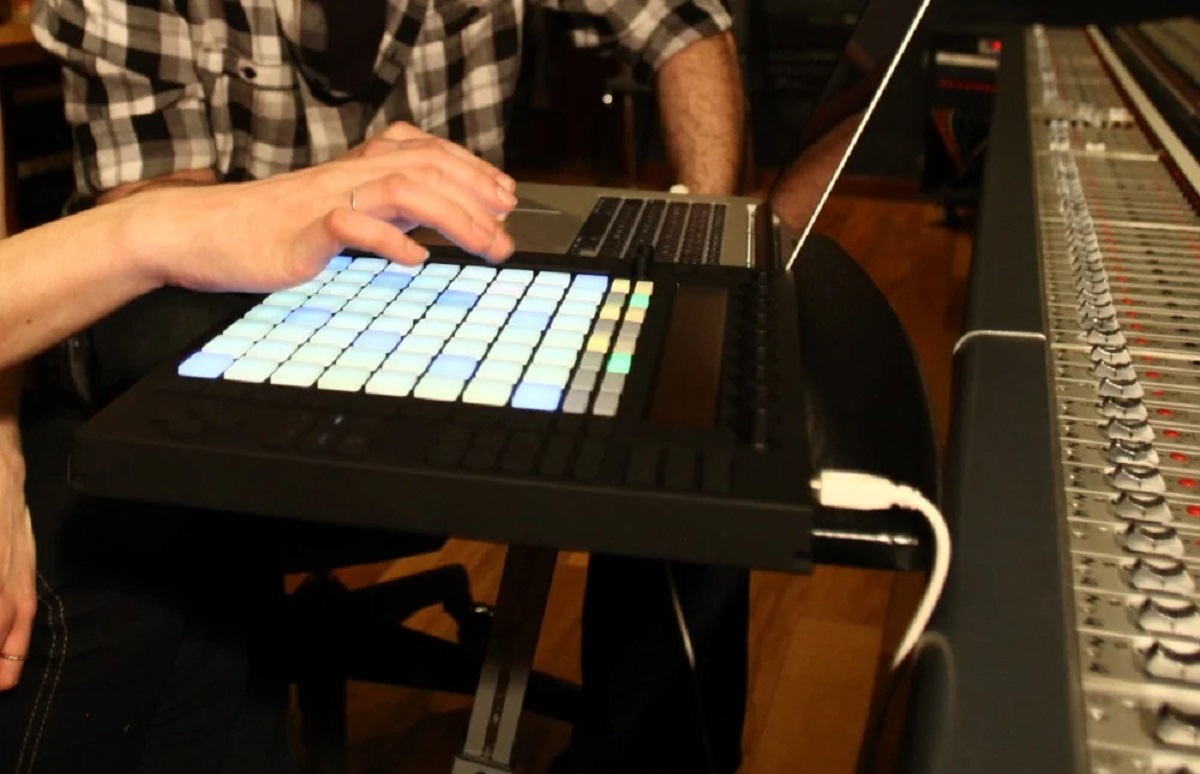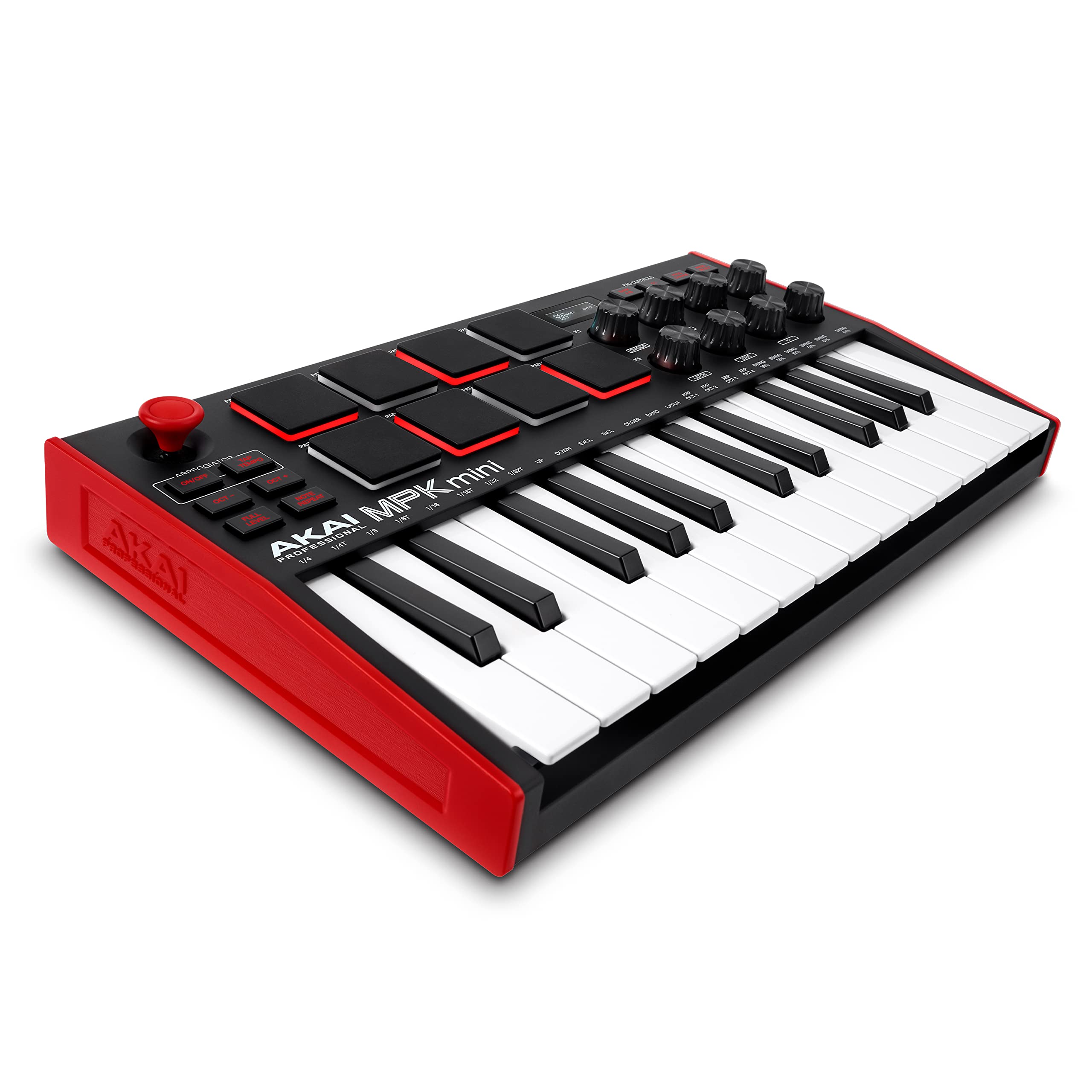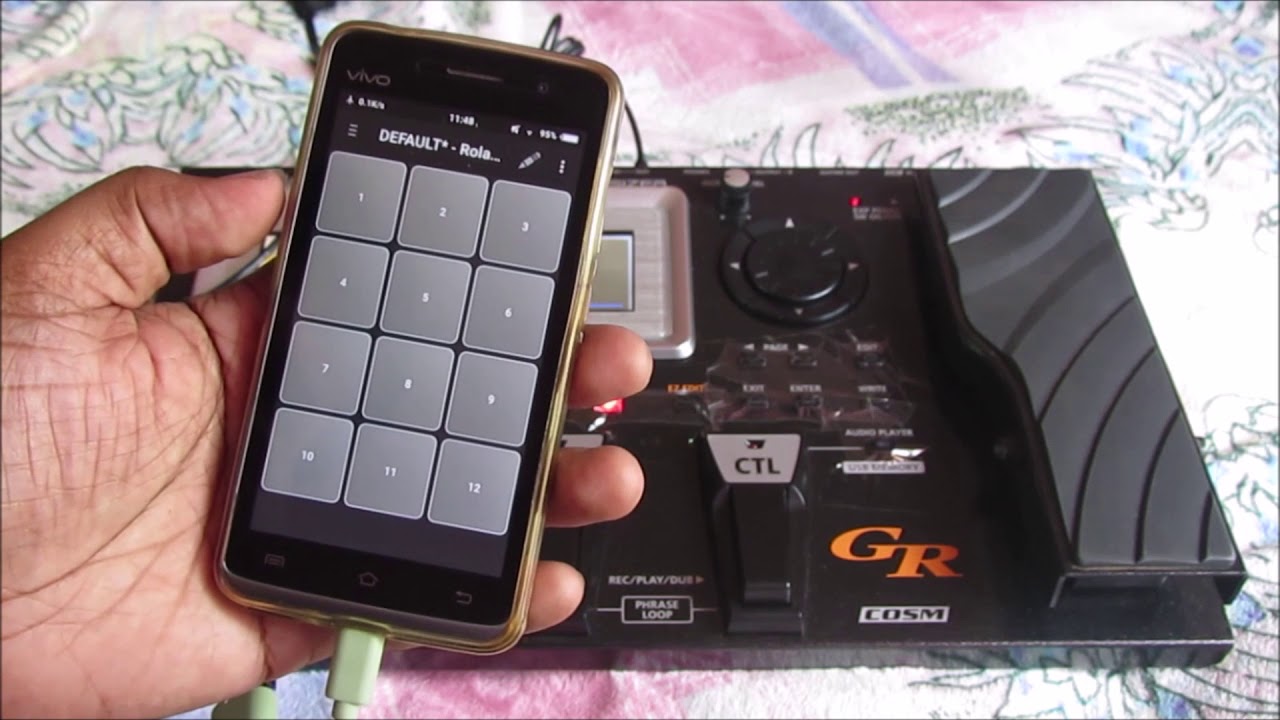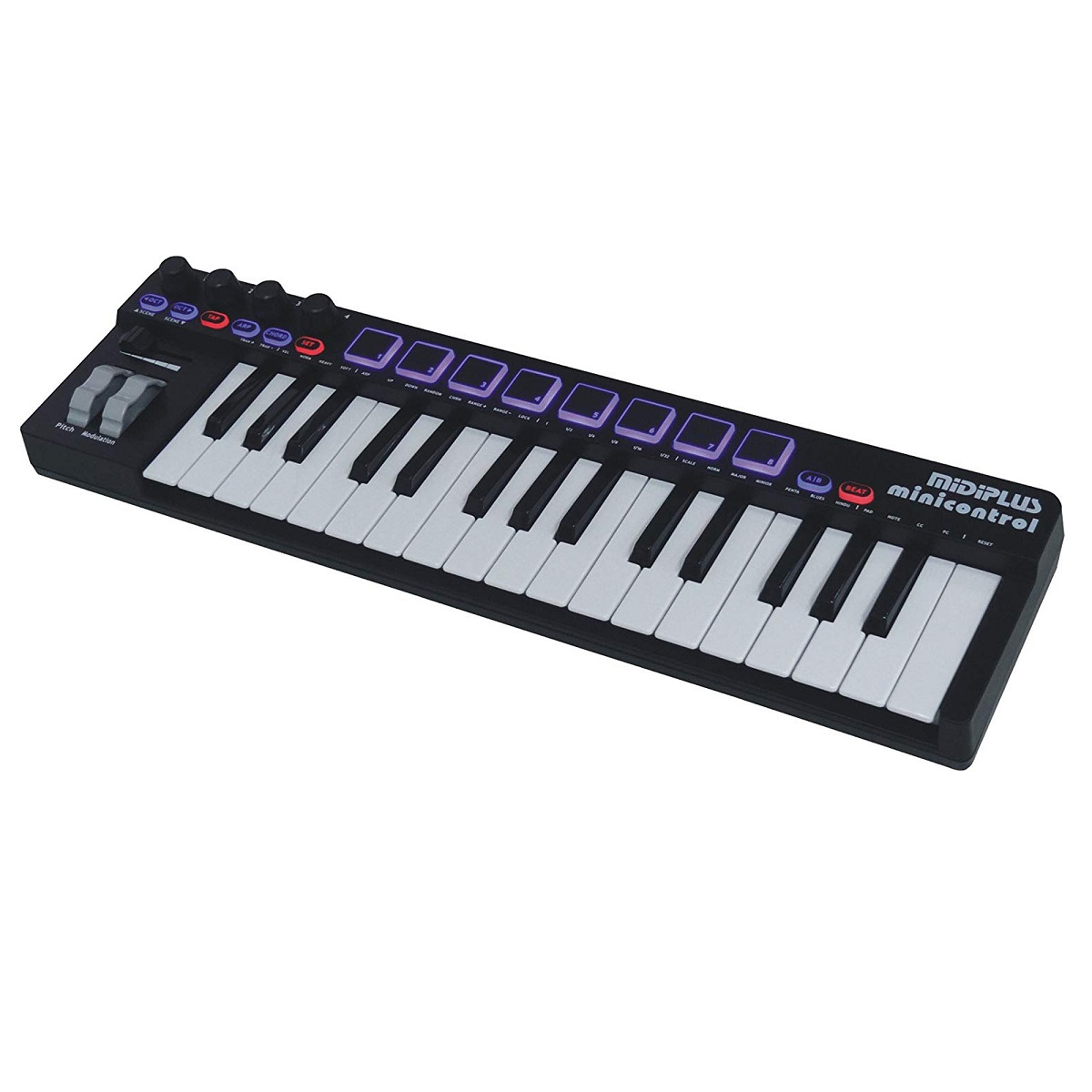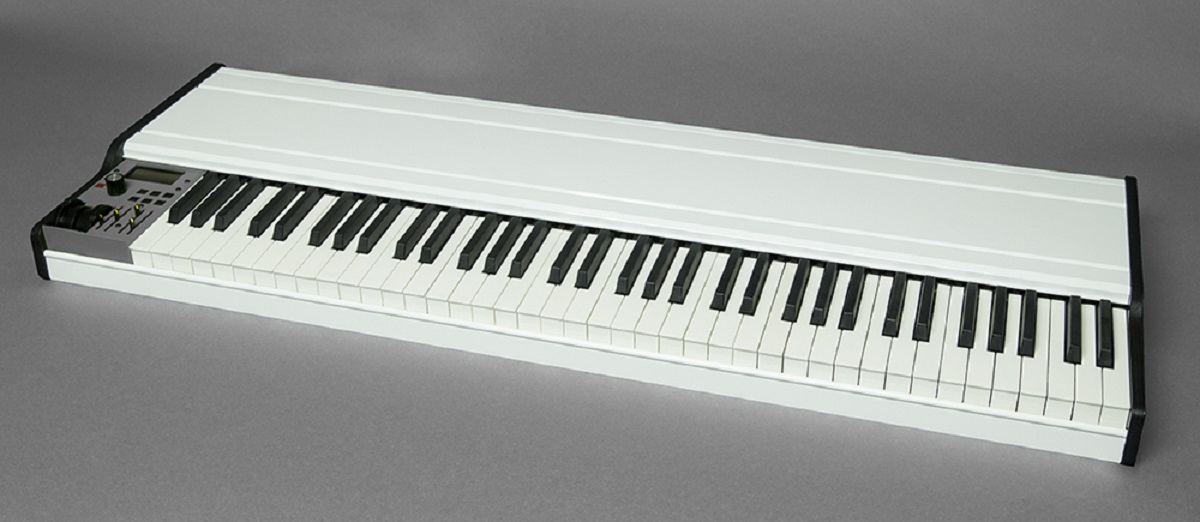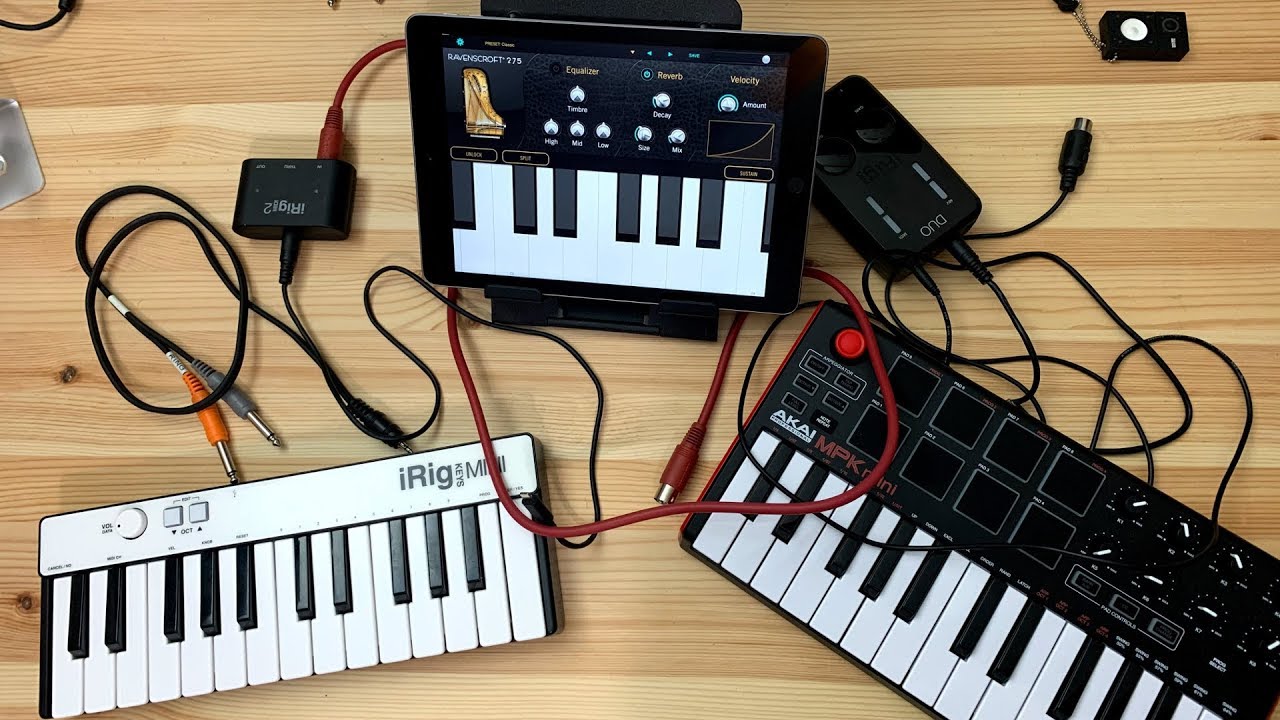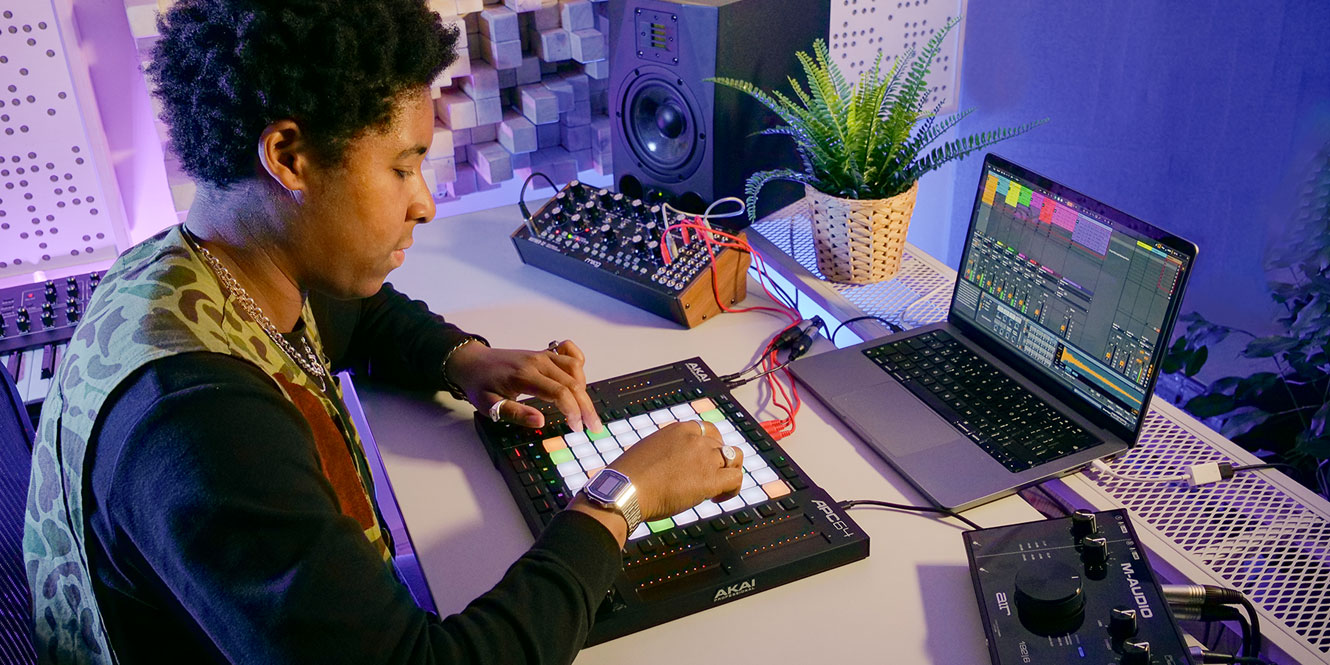Introduction
Understanding the Basics of Octaves in MIDI Keyboards
Navigating the octaves of a computer MIDI keyboard in Ableton Live is a fundamental skill that allows musicians and producers to explore a wide range of musical notes and tones. An octave in music refers to a set of eight notes, where the eighth note is a higher pitch or frequency than the first. With the ability to change octaves, musicians can access different ranges of notes on their MIDI keyboards, expanding their creative possibilities and enabling them to play melodies and chords across various registers.
In this guide, we will delve into the process of changing octaves on a computer MIDI keyboard within the popular digital audio workstation (DAW) software, Ableton Live. Whether you are a seasoned musician or a budding producer, mastering octave manipulation can significantly enhance your music production workflow and performance capabilities. By understanding the essential steps and techniques for octave adjustments, you can seamlessly integrate this skill into your music-making process, unlocking a world of musical expression and creativity.
Throughout this tutorial, we will explore the setup of a MIDI keyboard in Ableton Live, the specific methods for changing octaves within the software, and valuable tips for achieving smooth octave transitions. By the end of this guide, you will have gained a comprehensive understanding of how to effectively modify octaves on a computer MIDI keyboard in Ableton Live, empowering you to harness the full potential of your musical compositions and performances. Let's embark on this journey to elevate your music production skills and enrich your sonic palette through octave manipulation in Ableton Live.
Setting up the MIDI Keyboard in Ableton
Connecting and Configuring Your MIDI Keyboard
Before delving into the process of changing octaves in Ableton Live, it is crucial to ensure that your MIDI keyboard is properly set up within the software. Begin by connecting your MIDI keyboard to your computer using a USB cable or MIDI interface, depending on the model of your keyboard. Once connected, launch Ableton Live and navigate to the preferences menu. Under the “MIDI” tab, you will find the option to select your MIDI keyboard from the list of available input devices. Ensure that the “Track” and “Remote” buttons are enabled for your MIDI keyboard to enable both note input and control surface functionalities.
Assigning MIDI Channels and Mapping Controls
After configuring the basic input settings, you may want to assign specific MIDI channels to your keyboard if you intend to control multiple instruments or tracks simultaneously. In Ableton Live, you can easily assign MIDI channels to individual tracks or instruments, allowing for seamless integration of your MIDI keyboard into your production setup. Additionally, you can map various controls on your MIDI keyboard to manipulate parameters within Ableton Live, such as adjusting the volume, tweaking effects, or triggering clips. This customization enhances the versatility of your MIDI keyboard and facilitates intuitive control over your music production environment.
Verifying MIDI Input and Output
Once you have completed the setup process, it is essential to verify that your MIDI keyboard is successfully transmitting input signals to Ableton Live. To do this, create a new MIDI track in Ableton Live and select your MIDI keyboard as the input device for the track. By playing a few notes on your keyboard, you should observe MIDI input indicators within the software, confirming that your keyboard is communicating with Ableton Live effectively. Similarly, ensure that MIDI output signals from Ableton Live are reaching your keyboard, allowing for bidirectional communication between the software and your MIDI controller.
By meticulously configuring and verifying the setup of your MIDI keyboard in Ableton Live, you establish a solid foundation for seamless octave manipulation and musical exploration within the software. With the technical aspects in place, you can confidently proceed to explore the intricacies of changing octaves on your MIDI keyboard, unleashing a world of sonic possibilities in your music production endeavors.
Changing Octaves in Ableton
Utilizing MIDI Mapping for Octave Control
Once your MIDI keyboard is set up in Ableton Live, you can begin exploring the process of changing octaves to access different ranges of notes. One approach to octave manipulation involves utilizing MIDI mapping to assign specific keys or controls on your keyboard to trigger octave changes within Ableton Live. By mapping octave control to dedicated keys, knobs, or sliders on your MIDI controller, you can seamlessly shift between octaves while playing or composing music, enhancing your creative workflow and performance dynamics.
Using Instrument Racks and Macro Controls
Ableton Live offers a powerful feature known as Instrument Racks, which enables you to combine multiple instruments or sound modules into a single device. By leveraging Instrument Racks, you can incorporate macro controls to adjust octave parameters, providing a convenient and intuitive method for octave manipulation. Assigning macro controls to octave parameters within Instrument Racks empowers you to swiftly transition between octaves, fine-tuning the tonal range of your musical compositions with precision and flexibility.
Employing MIDI Effects for Octave Transposition
Another effective strategy for changing octaves in Ableton Live involves the use of MIDI effects, specifically the “Pitch” MIDI effect. This versatile tool allows you to transpose incoming MIDI notes by a specified number of semitones, facilitating octave shifts without altering the original pitch of your musical phrases. By applying the Pitch MIDI effect to your MIDI tracks or instruments, you can seamlessly transpose notes up or down by octaves, unlocking a myriad of melodic possibilities and harmonic variations within your compositions.
By harnessing these diverse methods for changing octaves in Ableton Live, you can elevate your music production capabilities and performance prowess, seamlessly navigating across different tonal ranges to express your musical ideas with precision and emotive depth. As you integrate octave manipulation into your creative process, you will discover new avenues for musical expression and composition, enriching your sonic palette and expanding the horizons of your artistic endeavors.
Tips for Smooth Octave Transitions
1. Practice Finger Placement and Muscle Memory
Developing proficiency in transitioning between octaves on your MIDI keyboard requires consistent practice and honing of finger placement and muscle memory. Familiarize yourself with the spatial layout of the keys across different octaves, allowing your fingers to navigate effortlessly without hesitation. By building muscle memory through deliberate practice, you can execute seamless octave transitions, enhancing the fluidity and expressiveness of your musical performances.
2. Customize Octave Shift Controls
Customizing the octave shift controls on your MIDI keyboard or controller can significantly streamline the process of changing octaves in Ableton Live. Whether through MIDI mapping, assigning macro controls, or utilizing dedicated octave shift buttons, tailor the controls to align with your preferred playing style and ergonomic preferences. This personalized approach enhances your efficiency in octave manipulation, enabling intuitive and responsive transitions across different tonal registers.
3. Utilize Visual Feedback and Mapping Displays
Take advantage of visual feedback tools within Ableton Live, such as MIDI mapping displays and on-screen indicators, to enhance your awareness of octave changes during performances or studio sessions. Visual cues can aid in monitoring octave shifts in real-time, allowing for precise adjustments and informed musical decisions. Additionally, leveraging mapping displays provides a visual reference for the assigned octave control parameters, facilitating a clear understanding of your MIDI keyboard’s octave manipulation capabilities.
4. Experiment with Dynamic Playing Techniques
Exploring dynamic playing techniques, such as velocity-sensitive keybeds and expressive modulation, can imbue your octave transitions with nuanced musicality and emotive impact. By varying the intensity and articulation of your playing, you can infuse each octave shift with subtle nuances and tonal variations, adding depth and character to your musical phrases. Embrace the expressive potential of your MIDI keyboard to imbue your performances with organic and captivating octave transitions.
5. Integrate Octave Changes into Musical Phrasing
Integrate octave changes organically into your musical phrasing and compositions, leveraging octave shifts as expressive elements that contribute to the overall narrative of your music. Seamless integration of octave transitions within your musical arrangements enhances the coherence and emotive resonance of your compositions, allowing for fluid and natural progression across different tonal registers. Embrace octave changes as creative tools that enrich the sonic tapestry of your musical creations.
By implementing these tips for smooth octave transitions, you can elevate your proficiency in manipulating octaves on a computer MIDI keyboard in Ableton Live, empowering you to deliver compelling and dynamic musical performances while enriching your music production endeavors with expressive depth and versatility.
Conclusion
Mastering the art of changing octaves on a computer MIDI keyboard in Ableton Live opens a gateway to boundless musical exploration and creative expression. By establishing a solid foundation through the setup of your MIDI keyboard within Ableton Live, you lay the groundwork for seamless octave manipulation and intuitive control over your musical compositions and performances. The ability to navigate across different tonal ranges empowers musicians and producers to craft dynamic melodies, intricate harmonies, and evocative sonic landscapes, enriching their artistic endeavors with depth and versatility.
As you delve into the intricacies of octave manipulation, leveraging MIDI mapping, instrument racks, and MIDI effects within Ableton Live, you gain a comprehensive toolkit for shaping and evolving your musical ideas with precision and fluidity. These techniques not only enhance your music production workflow but also elevate your live performance capabilities, enabling you to captivate audiences with expressive and emotive octave transitions.
Furthermore, the implementation of tips for smooth octave transitions, including deliberate practice, customized controls, visual feedback, dynamic playing techniques, and seamless integration into musical phrasing, empowers you to refine your octave manipulation skills and infuse your performances with organic and captivating tonal shifts. Embracing these strategies fosters a deeper connection between your musical intentions and the expressive capabilities of your MIDI keyboard, fostering a harmonious synergy between artist and instrument.
Ultimately, the ability to change octaves on a computer MIDI keyboard in Ableton Live transcends technical proficiency, evolving into a form of artistic expression and musical storytelling. Whether you are crafting intricate melodies, sculpting immersive soundscapes, or delivering captivating live performances, the mastery of octave manipulation enriches your creative journey, amplifying the emotive resonance and sonic allure of your musical endeavors.
As you continue to explore the myriad possibilities afforded by octave manipulation in Ableton Live, remember that the seamless navigation across different tonal registers is not merely a technical feat but a means of articulating your musical vision with depth, nuance, and authenticity. Embrace the artistry of octave manipulation, and let your music resonate with the boundless potential that unfolds across each transformative octave shift.







